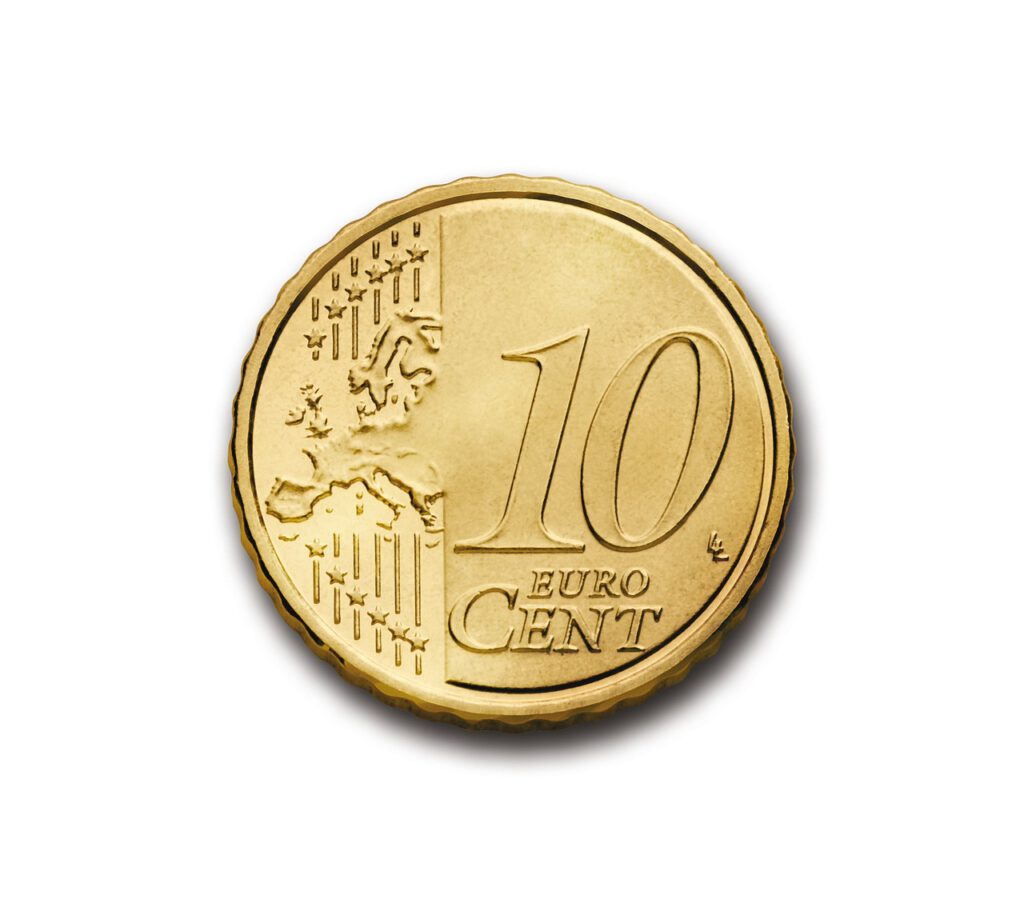Understanding the Modern Commodity Investment Landscape
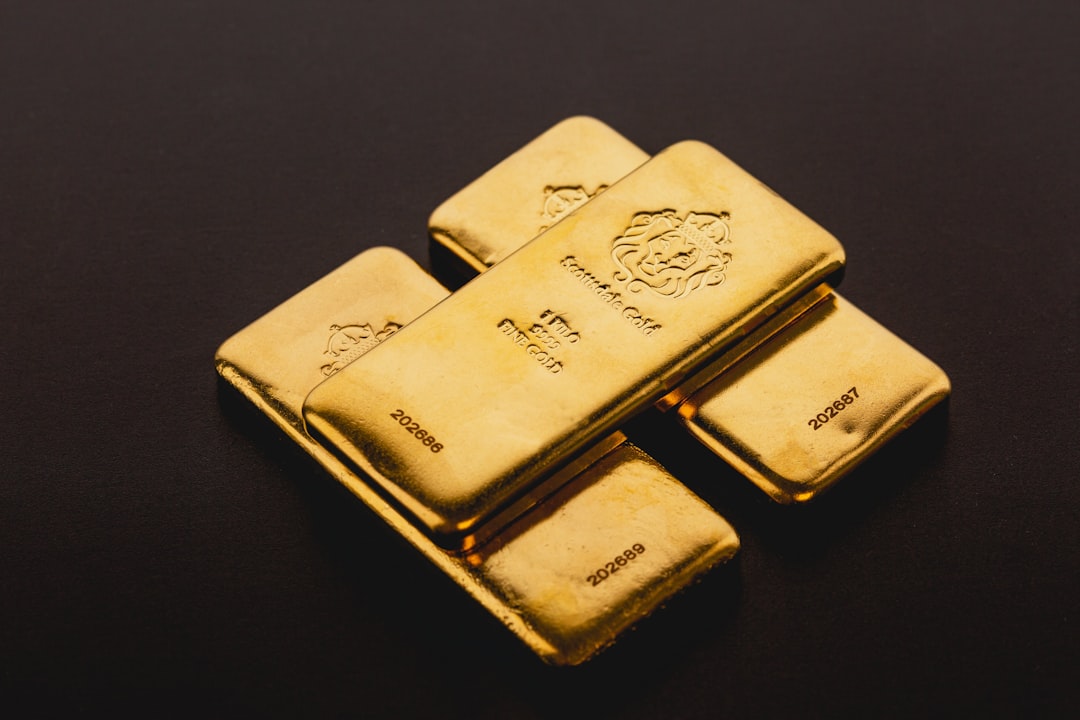
Did you know that gold prices jumped 53% in less than one year, rising from a low of $1,831 per ounce in October 2023 to over $2,800 by October 2024? This explosive movement shows just how powerful commodity investing can be when you get the timing right. Commodities are a distinct asset class with returns that are typically independent of stock and bond returns. Therefore, adding broad commodity exposure can help diversify a portfolio of stocks and bonds, potentially lowering overall portfolio risk and boosting returns. Think of commodities like the foundation of your house – while stocks and bonds might be the fancy rooms upstairs, you need that solid base to keep everything stable. In 2025, the commodity markets are poised for significant shifts influenced by geopolitical developments, economic policies and global demand dynamics. The game is changing, and smart investors are positioning themselves now for what’s coming.
Building Your Inflation Defense Strategy
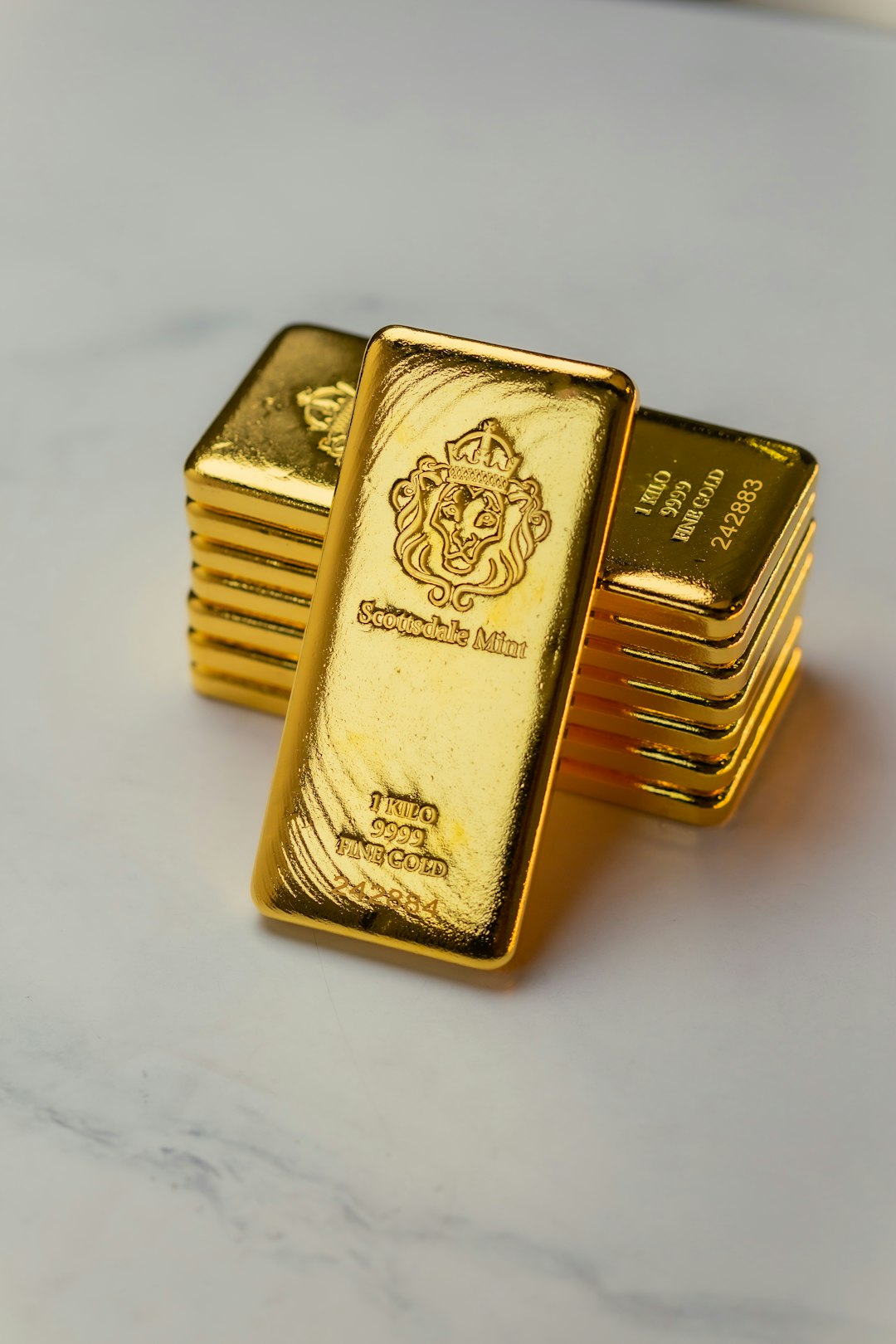
Commodities are a hedge against inflation, so buying before periods of high inflation is a common investment strategy. Picture this: when everything else gets more expensive, the raw materials that make those things also get pricier – and that’s where you want your money parked. As demand for goods and services increases, the price of those goods and services usually rises as well, as do the prices of the commodities used to produce those goods and services. Because commodity prices usually rise when inflation is accelerating, investing in commodities may provide portfolios with a hedge against inflation. It’s like owning the ingredients instead of the finished cake – when everyone wants cake, flour becomes more valuable. According to the U.S. Bureau of Labor Statistics, commodities make up more than 35% of the Consumer Price Index, the most watched inflation measure. When inflation began to surge in 2021 and 2022, higher commodity prices, such as for food and gasoline, played a big role.
The Power of Precious Metals in Your Portfolio
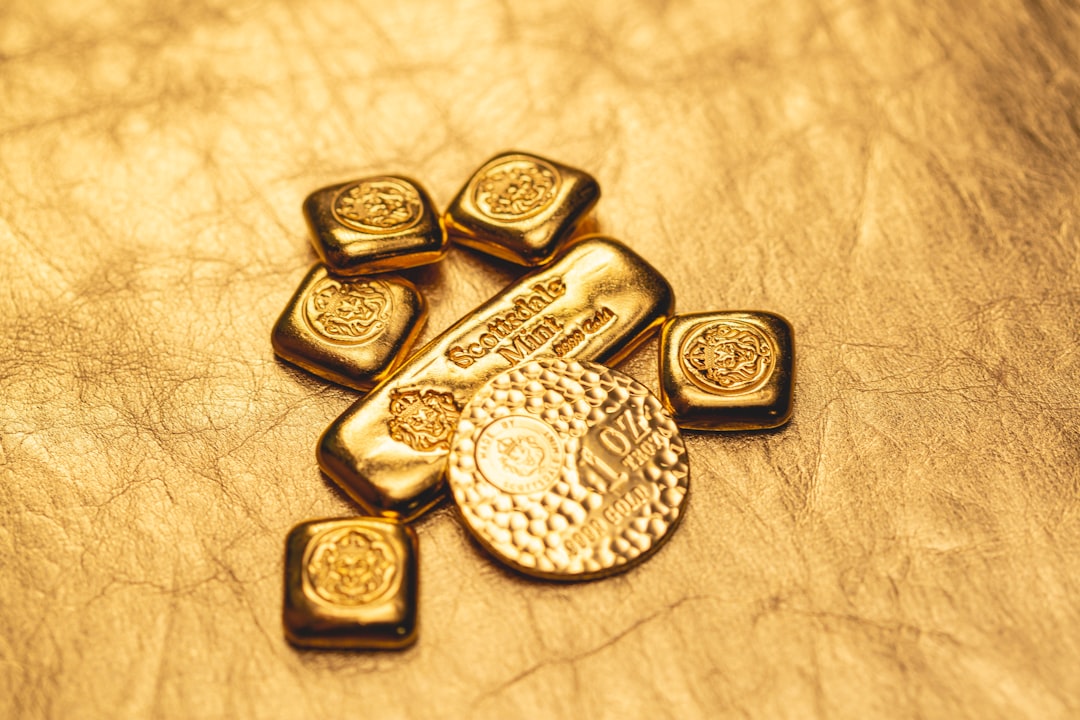
Falling rates will decrease the opportunity cost of holding non-yielding assets like gold, stimulating investment demand in the form of exchange traded funds, which will push gold prices higher. Strong demand from emerging market central banks has also created a supportive environment for gold. We think this is an attempt by some central banks to diversify their reserves away from the US dollar, with China the largest buyer accounting for more than 180 tonnes in the last two years. Gold isn’t just jewelry anymore – it’s becoming the world’s insurance policy against uncertainty. Gold’s bull market began in 1999 at $252.50 per ounce and continues in 2024, taking the yellow metal to a new record peak. That’s a 25-year winning streak that’s hard to ignore. Beyond gold, the metals offer significant value compared to their precious cousins when talking about platinum and palladium, which could see increased demand from traditional car manufacturing as EV adoption slows. Lost sales of EVs translate into higher sales for internal combustion engine and hybrid vehicles, which use platinum and palladium for pollution control in catalytic converters. A 2024 survey by Deloitte revealed US consumer preference for their next vehicle powertrain is 67% incombustible carbon engines (ICE), 16% hybrid electric, and 5% plug-in hybrid, all of which require a catalytic converter that uses either platinum or palladium.
Industrial Metals: The Green Revolution’s Backbone
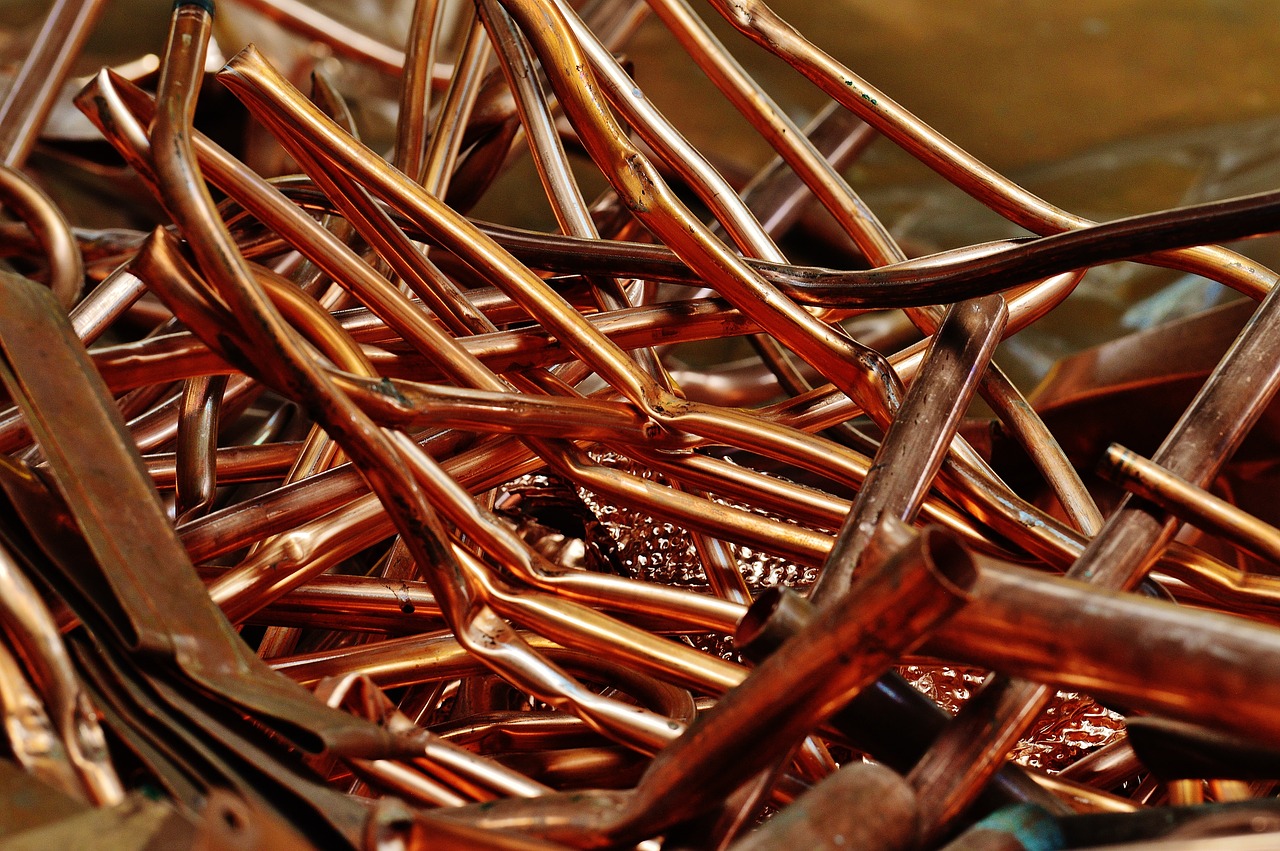
Copper’s bull market began in 2001 at 60.50 cents per pound. The quarterly chart illustrates the pattern of higher lows and higher highs, taking copper futures to a new record peak of over $5 per pound in April 2024. While copper prices have corrected, they remain above the $4 level in late 2024, with critical technical support for the bullish trend at the $3.15 level. Copper is literally the veins and arteries of our electric future. Increasing copper demand and falling mine output are bullish for the red nonferrous metal. The copper market deficit could lead to new all-time highs over the coming years. When analysts at Citigroup believe copper could reach $15,000 per ton in 2025 under the right conditions compared to the current price is $8,354.50 per ton, you’re looking at potential 80% gains. The metal price index is expected to remain relatively unchanged in 2024 before rising steadily in 2025, reflecting a pickup in global industrial activity and strong demand driven by growing production of renewable energy technologies.
Energy Commodities: Navigating the Transition

Crude oil has been in a bearish trend since the 2022 high; lower prices are likely in 2025. At below $72 per barrel in late December, crude oil prices are close to a challenge of critical technical support at the May 2023 low. If promises made are promises kept, increasing U.S. petroleum output under the incoming administration could push prices to $50 or lower in 2025. This might sound bad for oil investors, but smart money sees opportunity in volatility. J.P. Morgan expects an average of $73 per barrel for Brent, although we expect prices to close the year firmly below $70, with WTI at $64/bbl for 2025. The key is understanding that energy isn’t disappearing – it’s transforming. Natural gas prices are forecast to remain significantly depressed in 2024 due to ample global storage levels and ongoing adjustments in trade patterns, particularly concerning Russia. However, a reversal is anticipated in 2025, with prices expected to rise as a result of an uptick in the U.S. benchmark, propelled by increased LNG exports facilitated by the commissioning of new terminals.
Agricultural Commodities: Weather as Your Trading Partner

Some of the best performing commodities in 2024 were: Cocoa (+185%) — The best performing commodity of 2024, driven up by adverse weather conditions in key West African producing nations, particularly strong Harmattan winds leading to drier climates, reduced cocoa yields. Coffee (+72%) — Climate change-induced weather anomalies, including droughts and unseasonal frosts in key coffee-producing regions like Brazil, disrupted coffee bean production through 2024. Orange Juice (+65%) — Multiple hurricanes alongside persistent citrus greening disease has led to a significant decline in orange production, reaching the lowest levels in over 80 years. When Mother Nature gets angry, agricultural commodity investors can get rich. Weather calls are always tricky, but last year, our view noted the potential for the flip from La Niña to El Niño to moderate droughts in the US, helping grain production even if it puts weather in South America and West Africa at risk and potentially harms sugar and cocoa production. Those calls turned out correct with hearty price moves, raising soft agriculture prices, and lowering grain prices. Now that El Niño is fading and flipping to La Niña, we reverse the call. The outlook for 2025 is for higher agricultural grain prices and lower agricultural soft prices. It’s like having a crystal ball, except the crystal ball is actually meteorology.
ETFs vs. Individual Commodities: Your Access Strategy
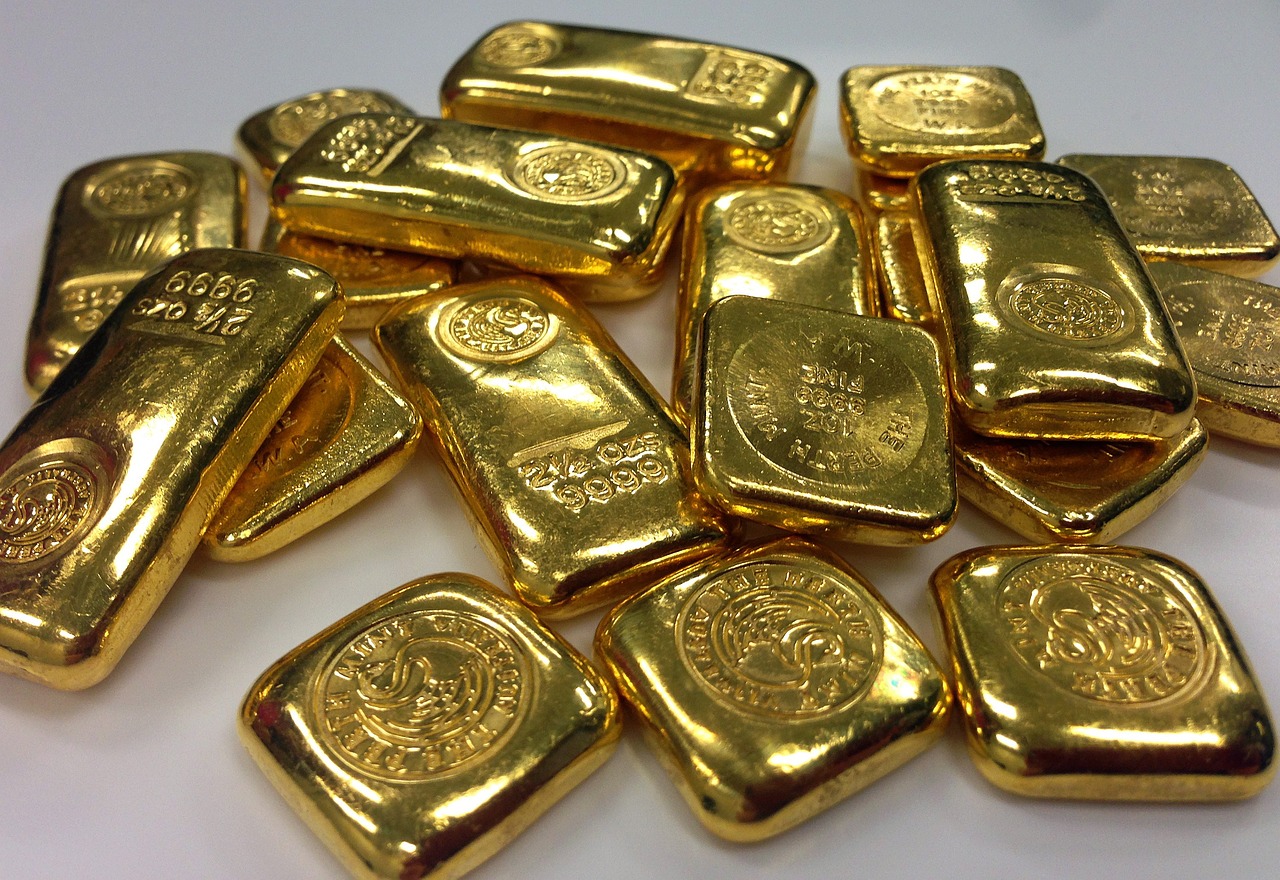
Commodity stocks can help increase your diversification and hedge against inflation, but they don’t provide as much diversification as a commodity ETF. Think of individual commodity stocks like buying a single stock – you’re betting on one company’s ability to execute. But commodity ETFs are like buying the entire industry. A commodity ETF is an exchange-traded fund that invests in physical commodities such as agricultural products, energy sources and metals. Commodity ETFs often grow in popularity during global conflict or high inflation, as commodities are always needed by consumers. ETFs tend to have lower expense ratios than actively managed funds, and you may be able to find commodity ETFs with expense ratios around 0.20%. With an expense ratio of 0.59%, the fund is fairly affordable for a commodity ETF. However, it’s not the most tax-efficient choice, since it tends to pay large capital gains distributions in December that can lead to unexpected tax liabilities for investors in taxable accounts. The tax implications matter more than most people realize.
Dollar-Cost Averaging: Your Time Arbitrage Tool

Commodities are known for their volatility, with prices often making sharp moves up or down and staying there for extended periods. This makes commodity markets highly cyclical, where long periods of growth can be followed by sudden downturns, creating challenges for buy-and-hold investors. Here’s where dollar-cost averaging becomes your secret weapon. Instead of trying to time the perfect entry point (which is basically impossible), you invest the same amount every month regardless of price.



